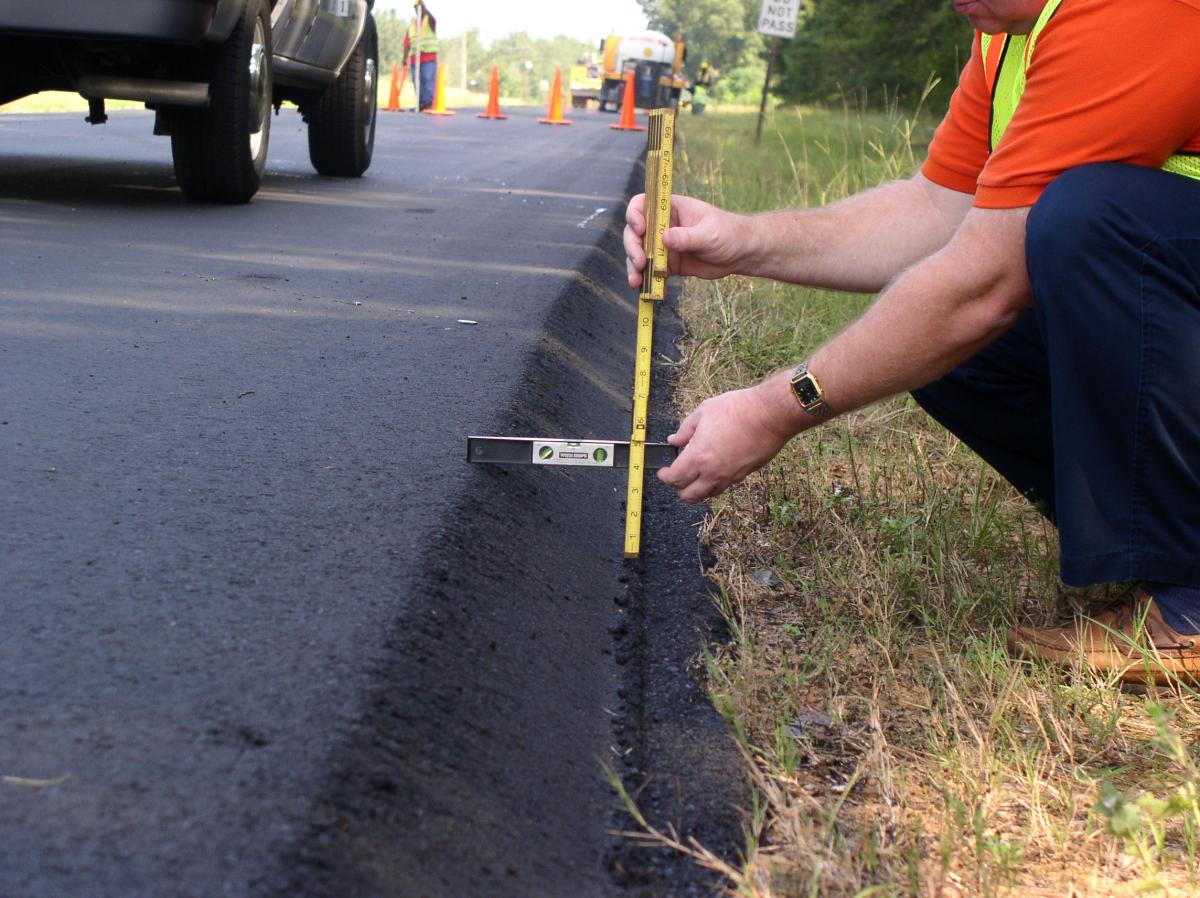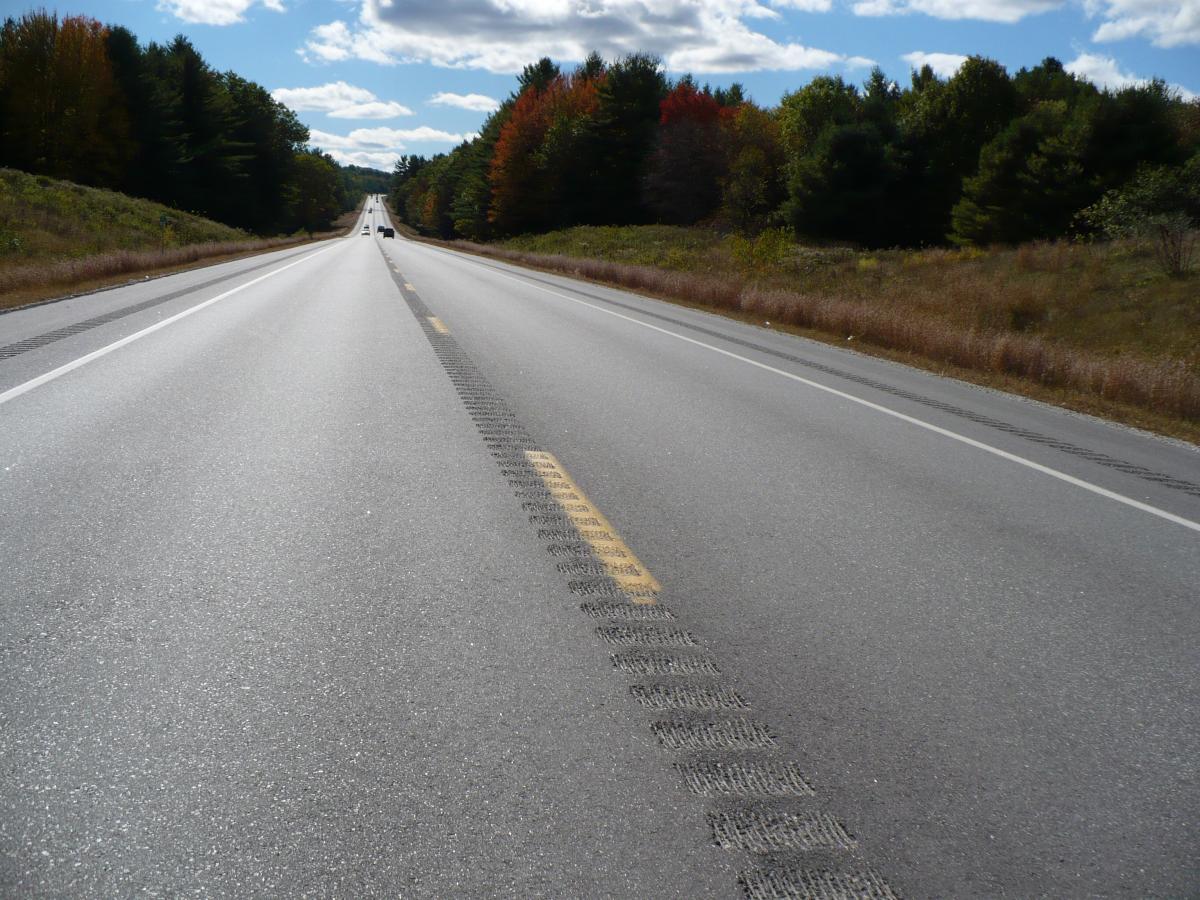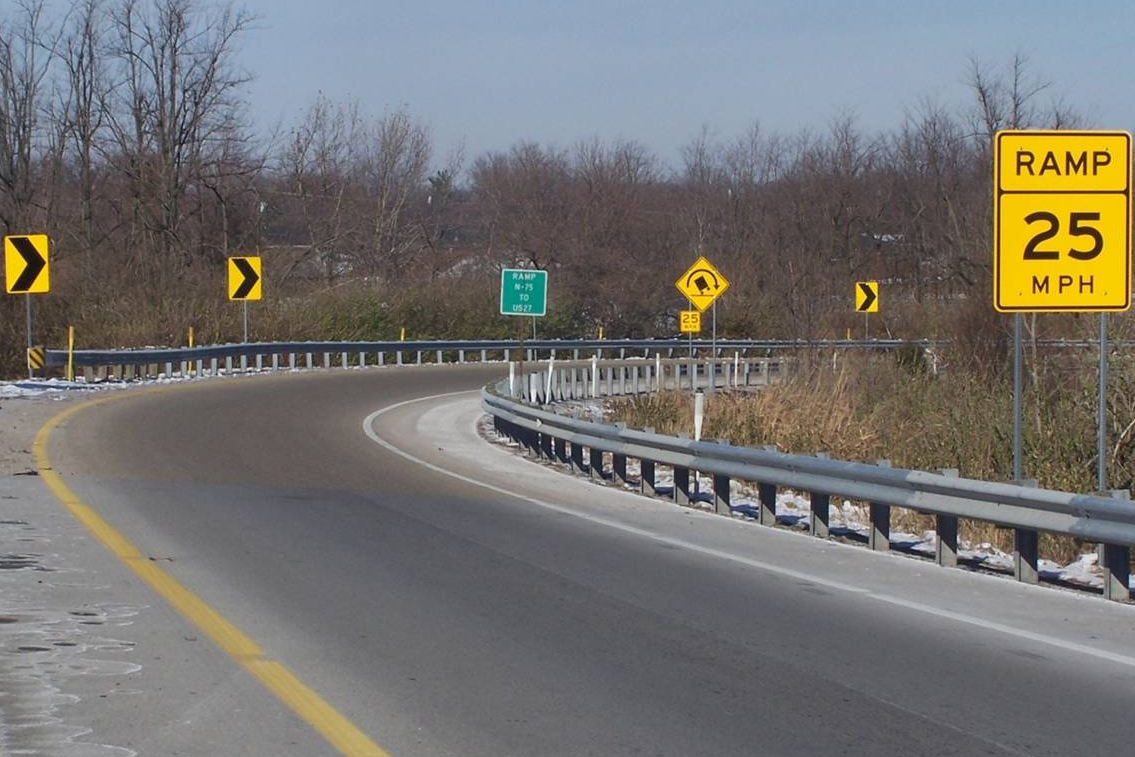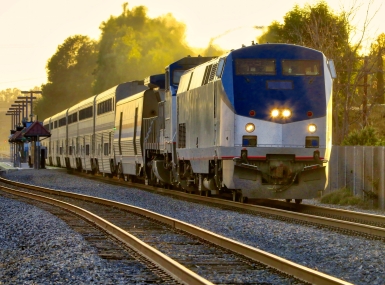Smart Transportation Planning at Work: Proven Safety Countermeasures
Author
Upcoming Events
Related News

Minor road design elements could have major impacts on road safety
Note: As part of NACo President Sallie Clark’s presidential initiative, Safe and Secure Counties, NACo is partnering with the FHWA Office of Safety to offer a series of County News articles highlighting steps counties can take to promote transportation safety. Join NACo and FHWA for a webinar on April 6 to learn more about Enhancing Road Safety through the Improvement of Unsignalized Intersections.
Road safety can be significantly improved and fatalities kept at bay by implementing what the Federal Highway Administration (FHWA) calls Proven Safety Countermeasures — evidence-based roadway engineering measures that have not seen widespread implementation nationally.
From the Safety EdgeSM to Road Diets, FHWA believes that widespread implementation of these countermeasures can have a big impact on safety.
In 2012, FHWA identified nine such countermeasures and has been promoting them since then. The countermeasures and their associated safety benefits are described below.

The Safety Edge
Preventing vehicles from departing the roadway is a major safety goal. The Safety Edge is a proven technology that shapes the edge of a paved roadway at approximately 30 degrees from the pavement cross-slope during the paving process. The angled edge can help a vehicle safely return to its lane if one or more tires inadvertently leave the pavement. Safety Edge became a standard practice for most state DOTs and studies show that the application of the Safety Edge leads to an estimated reduction of 6 percent in total crashes on two-lane highways.

Back plates with Retro-reflective Borders
Back plates are added to a traffic signal in order to improve the visibility of the illuminated face of the signal. The improved visibility is made more effective by framing the back plate with a retro-reflective border, which is made to shine in the dark by vehicle headlights. The use of back plates with retro-reflective borders may result in a 15 percent reduction in all crashes at urban, signalized intersections.
Roundabouts
The modern roundabout is a type of circular intersection. Traffic entering the roundabout yields to vehicles already in the circle. Roundabouts improve intersection operations by reducing both delays and conflicts among all roadway users.
A roundabout provides channelization at its entrance and deflection around a center island designed to be effective in reducing conflict since vehicles are physically routed towards a safer path than would be the case in the absence of the roundabout.
Thus, roundabouts provide robust safety benefits. In particular, converting an intersection from a two-way stop controlled intersection to a roundabout can generally reduce 82 percent of severe injury or fatal crashes and 44 percent of total crashes.
Corridor Access Management
Access management refers to the design, implementation and control of entry and exit points along a roadway. This includes intersections with other roads and driveways that serve adjacent properties. Areas where effective access management has been implemented have experienced a 5 percent to 23 percent reduction in all crashes along two-lane rural highways, and a reduction in severe crashes of 25 percent to 31 percent along urban and suburban arterials.

Longitudinal Rumble Strips and Stripes on Two-Lane Roads
Many drivers have at some point felt a strong vibration when they accidentally moved away from the center of the road. This vibration may be caused by a countermeasure called longitudinal rumble strips, which are milled or raised elements on the pavement intended to alert inattentive drivers through vibration and sound that their vehicles are about to leave the travel lane.
Rumble strips can either be located on the road shoulder, the edge line (placed at the edge of the travel lane), or center line (installed at or near the center line of an undivided roadway).
A variation of this countermeasure, rumble stripes are either edge-line or center-line rumble strips where the pavement marking is placed over the rumble strip, as shown in the accompanying picture.
Several safety benefits are associated with rumble strips. For instance, centerline rumble strips on rural two-lane roads have been shown to yield a 44 percent reduction in head on or fatal and injury crashes on rural two-lane roads.

Delineation and Friction for Horizontal Curves
When a straight road shifts into a horizontal curve, it creates a more demanding environment for the driver, vehicle and pavement.
Safety challenges are compounded with nighttime driving or inclement weather. Recent studies show that 28 percent of all fatal crashes occur on horizontal curves. The image below shows a horizontal curve delineated with chevron signs.
The safety benefits from this countermeasure are promising: installing chevron signs on horizontal curves on rural two-lane undivided roads can produce a 25 percent reduction in nighttime, non-intersection crashes of all severity types.
Increasing the friction on the road surface can also greatly improve safety on horizontal curves. For a pilot by the Pennsylvania Department of Transportation in District 5 along Route 611 in Northampton County, the district agreed to have a contractor apply a high-friction surface product on about 500 feet of roadway at the curve.The district saw wet-pavement-related crashes at the spot drop from 20 in the 10 years prior to the treatment to zero in seven years after it was installed in 2007.
Medians and Pedestrian Crossing Islands in Urban and Suburban Areas
A median is an area between opposing lanes of traffic, excluding turn lanes. Medians and pedestrian crossing islands offer safe crossing opportunities for pedestrians that do not cross at the intersection and may reduce pedestrian crashes by up to 46 percent and motor vehicle crashes by up to 39 percent in urban and suburban areas.
Pedestrian Hybrid Beacon
Pedestrian hybrid beacons serve as a conspicuous visual alert for vehicle drivers at pedestrian crossings. The beacon is “dark” until a pedestrian pushes a button to activate it. After displaying brief flashing and steady yellow intervals, the device displays a steady red indication to drivers and a “walk” indication to pedestrians, allowing them to cross a major roadway while traffic is stopped. After the pedestrian phase ends, the walk sign changes to a flashing orange hand to notify pedestrians that their clearance time is ending.
The hybrid beacon displays alternating flashing red lights to drivers while pedestrians finish their crossings before once again going dark at the conclusion of the cycle. Installation of the pedestrian hybrid beacon has been shown to provide up to a 69 percent reduction in pedestrian crashes and up to a 29 percent reduction in total roadway crashes.
Road Diet
A Road Diet generally involves converting a road with only vehicle through lanes into a mixture of through lanes, two-way left turn lanes, bicycle lanes, parking, pedestrian refuge islands and transit stops. By reducing speeds and improving mobility for all users, Road Diets can reduce crashes by up to 70 percent in some cases.
For more information, please visit: http://safety.fhwa.dot.gov/provencountermeasures/
https://www.fhwa.dot.gov/innovation/everydaycounts/edc-3/roaddiets.cfmf
Attachments
Related News

Counties directly eligible for $5.2 billion in competitive transportation grants
Counties are directly eligible for $5.2 billion in competitive transportation grants.

Counties directly eligible for $2.4 billion through USDOT rail safety improvement program
Counties are directly eligible for $2.4 billion through USDOT rail safety improvement program.

County Countdown – March 19, 2024
Every other week, NACo’s County Countdown reviews top federal policy advocacy items with an eye towards counties and the intergovernmental partnership.